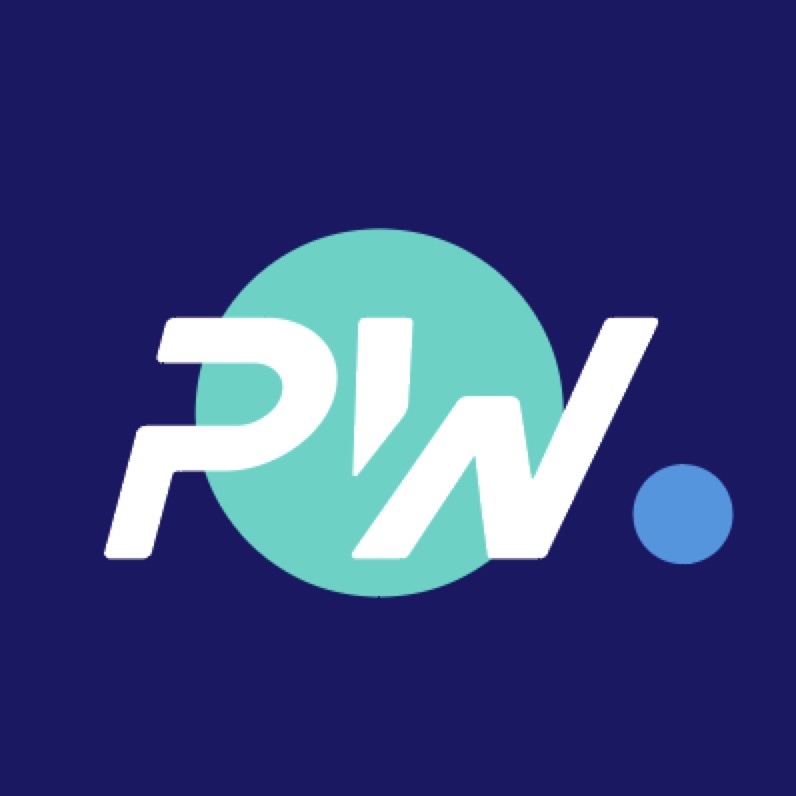Editors Note: This article comes fromPolkaWorld(ID:gh_6c4c2038ddba), reprinted by Odaily with authorization.
Editors Note: This article comes from , reprinted by Odaily with authorization. This article is a summary of Parity core developer Tomasz Drwięgas sharing at Polkadots first community conference Polkadot Decoded. Tomasz is currently working on bridges at Parity, and the share is titled The Future of Interoperability: Parachains, Bridges, and Oracles. Let me start with a small easter egg: Just yesterday Gavin also mentioned the launch sequence of parachain-related matters in the Element chat room, and I will mention it here by the way. The approximate order of parachain-related matters (by Gavin): Launch Rococo v1 and wait for its stable operation Launch Kusamas system (public interest) parachain Start an auction on Kusama Launch the successful parachain on Kusama Launch Polkadots public interest parachain (after audit is complete) The following is a dry summary of Tomaszs shared content (organized by PolkaWorld): secondary title What is interoperability? What is interoperability? Here is an example of Web2.0: you buy a flight delay insurance, the insurance company will get the data from the airline whether the flight is delayed, and get the data from the airport to verify whether you went to the airport on time, if the above two meet , a sum of money will be transferred to your bank account. We can see that Web2.0 services are highly interconnected, while the current blockchain is an isolated island. An important feature of the blockchain is determinism, that is, the correctness of everything that happens on the chain can be verified through the entire history of the blockchain, and each node in the network must save the same result at any time. Meaning that in order to maintain this certainty, the blockchain cannot rely on any off-chain information. How to realize the interaction between this blockchain and the outside world? The current common solution is to use a middleman or oracle machine (Oracle). However, we cannot verify whether the data given by the middleman is accurate. Although we can use some game theory or mechanism design to reduce the dependence on the middlemans trust, we can also set up multiple A middleman is used to cross-validate information, but this interaction is ultimately unprovable. secondary title Polkadot is an interoperability framework Polkadot is a framework that can connect many blockchains. Each blockchain can have a completely different state transition function, which is heterogeneous. Each chain has its own attributes. These chains are called parallel chains. Polkadot enables these parachains to communicate with each other through cross-chain message passing (XCMP). And not only are they interconnected, they also contribute to the shared security that provides the entire ecosystem. Parity also made a framework for developing blockchain called Substrate, and Polkadot itself was also developed using Substrate. External developers can use Substrate plus the Cumulus library to easily develop interconnected parachains. The advantage of heterogeneous parallel chains is that each chain can focus on developing a function and then contribute to the entire ecology. For example, one chain focuses on value transfer (similar to Bitcoin), one chain focuses on smart contracts (similar to Ethereum), and one chain focuses on privacy (similar to Zcash). To make building an oracle system easier, Substrate also has a built-in feature called Off-Chain Workers, which allows you to build and run oracles directly in Substrate Runtime. secondary title Paritys Interoperability Efforts Robert said before that the parachain function is about to go online, and our transfer bridge team is currently working on a series of general components to build trustless bridges between different chains. The current main goal is to be a tool for bridging Substrate-based chains, such as connecting Polkadot-like chains, such as connecting Polkadot with the Kusama relay chain, or connecting Polkadot with another independent consensus chain using Substrate. We are also doing continuous optimization to reduce the cost of the bridge, and do some other consensus to promote the development of the bridge. For example, the BEEFY consensus is what is needed to bridge Ethereum. The main bridges currently under construction are: Kusama - Polkadot bridge (Parity Bridge team is working on it) Ethereum-Polkadot bridge (worked by Snowfork team, funded by W3F) Bitcoin-Polkadot bridge (worked by Interlay team, funded by W3F) https://www.crowdcast.io/e/polkadot-decoded/8 Bridges in progress or planned: Cosmos, EOS, ZCashWhat is interoperability?
There is a better way to trust the interaction, because the data is on the chain and the chain uses encryption primitives, these interactions become provable and reliable. For example, the off-chain storage data we mentioned before, if I have the hash of this information on the chain, and someone shows me the data, then I can easily know whether the hash matches the data, so I knew the middleman didnt tamper with the data. The middlemen in this scheme are generally called relayers or provers, because their task is to get the data and show it to the blockchain, and the blockchain can verify whether the data is authentic. This scheme significantly reduces the dependence on trust, and we can do trustless transfer bridges and atomic swaps based on it.
Going back to the previous example of flight delay insurance, now you can imagine this app running in the entire multi-chain ecosystem. We don’t need to deal with banks now, we can use the stablecoins provided by the parachains in the ecology, such as Acala’s AUSD or use DAI through the Ethereum bridge, and then we can get the flight delay data through the oracle parallel chain, and then through IoT Parallel chains are used to confirm that you have arrived at the airport on time, and finally there is an insurance parachain or smart contract that contains a whole set of delay insurance logic to finally execute the insurance.










